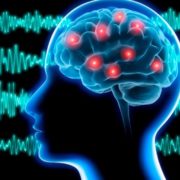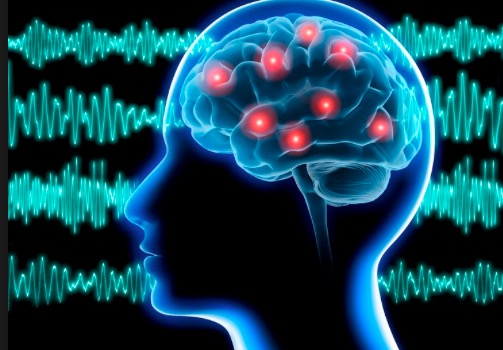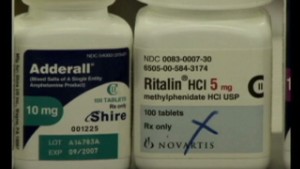Behavioral Management for Defiant Children: Part 3
Behavioral Management for Defiant Children: Part 3
Behavioral Management for Defiant Children: Part 3
As we close this series on behavioral management for your “defiant child”, we will cover a program model that utilizes Alan Kazdin’s ABCs of parenting: Antecedent, Behavior and Consequence. The following method is a tried and true way to change and shape your child’s behavior, which will ultimately change and shape your relationships for the better. The strategy is both simple and powerful when used correctly and it works for all ages. What is this magic tool? We’re talking about a point chart. A point chart is a visual tracking tool that displays desired behaviors your child has accomplished and an associated reward system. Research has proven the effectiveness of a point chart, demonstrating that such a visual system both keeps your child engaged and incentivised and reminds you, the parent, to consistently implement the program. The steps below explain what this point chart system looks like when put in place and how you can begin effective parenting today:
- Define the “positive opposite”
Before you can begin, take a moment to think about the problems you are facing at home and what behaviors are making up those challenges. As we discussed in the last post, once you’ve identified the behavior you don’t want, it is important to phrase it in terms of a behavior you do want, or as Alan Kazdin calls it, the “positive opposite”. For example, if bedtime is a battle every night with your toddler throwing tantrums, perhaps your positive opposite is going to bed peacefully and quietly. With your desired behaviors in mind, we can then create the point chart.
- Create the point chart
The point chart is a simple, visual system that displays the desired behavior, the days of the week, and markings of whether or not the desired behavior was accomplished each day. There is no correlation between creativity and effectiveness, so your chart can be as elaborate or simple in design as you’d like. If your child performs the desired behavior, they get a check mark or sticker in the box for that day. If they don’t, mark a dash, but do not leave it blank. Location and consistency are key to the chart success. Place it in a spot that both you and your child will see often, such as the fridge. This will help keep everyone honest about progress and promote consistency. Lastly, it is better to have fewer days that are successful, than more, less successful days. If you think you need to start out with 3-5 days a week on the point chart, that’s fine. You can always build from there.
- Establish a reward system
Next, decide what the “currency” is for the point chart. There are a couple important factors for establishing the reward system:
- Do not take away existing privileges or items in order to give them back later. Make sure the reward is something new the child receives. This will prevent resentment towards the chart and program.
- Start rewards right away by having small rewards for a few points to begin with. Depending on the age of your child, this can be small, cheap toys from a grab bag that they get to choose from or simple privileges.
- Reward consistently and immediately. Timing matters!
- Add in special rewards for higher points. Since these high value items take longer to achieve, it is helpful to have a second chart for them. The main chart should maintain the frequent and immediate praise and rewards that makes the program effective.
- Explain the point chart
Describe and present the chart to your child. Keep your tone warm and excited as you explain how it works and identify the desired behavior for them. Get them involved by letting them choose how they’d like to mark the chart and pick some rewards.
- Practice
Do a practice round with your child. Role playing is a great way to show what your expectations are and establish what verbal and non verbal prompts are associated with the desired behavior. Praise your child throughout the “practice round” and add points to the chart when completed. Immediately give your child a small reward for successful practice. This is the first opportunity to provide positive reinforcement that makes this program so effective.
- Get started!
You are now equipped with the tools to see the change in behavior you are looking for. With effective and consistent implementation of this method, you can say goodbye to tantrums, attitude and opposition and start improving the relationship between you and your challenging children. For any questions or guidance on integrating the Kazdin Method into your home life, Dr. Gordon and his staff at Pathways Neuropsychology Associates have a wide breadth of experience and knowledge to share on parenting, child development and behavioral psychology. Call today to set up an appointment!
Source: The Kazdin Method for Parenting the Defiant Child by Alan E. Kazdin, PhD
The post Behavioral Management for Defiant Children: Part 3 appeared first on Pathways Neuropsychology Associates.
Source: Pathways Neuropsychology
Behavioral Management for Defiant Children: Part 3







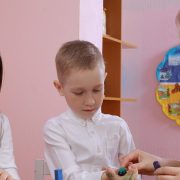
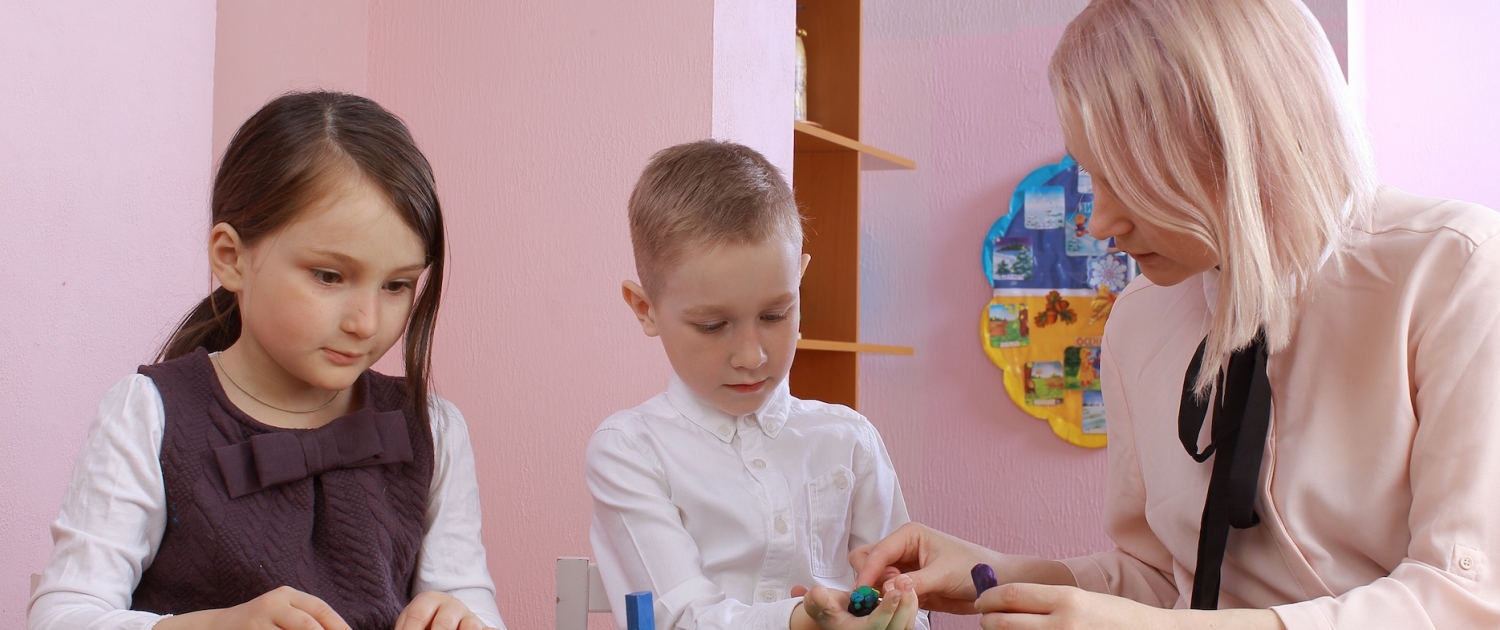 Gender Differences in ADHD
Gender Differences in ADHD



